- News
- Reviews
- Bikes
- Accessories
- Accessories - misc
- Computer mounts
- Bags
- Bar ends
- Bike bags & cases
- Bottle cages
- Bottles
- Cameras
- Car racks
- Child seats
- Computers
- Glasses
- GPS units
- Helmets
- Lights - front
- Lights - rear
- Lights - sets
- Locks
- Mirrors
- Mudguards
- Racks
- Pumps & CO2 inflators
- Puncture kits
- Reflectives
- Smart watches
- Stands and racks
- Trailers
- Clothing
- Components
- Bar tape & grips
- Bottom brackets
- Brake & gear cables
- Brake & STI levers
- Brake pads & spares
- Brakes
- Cassettes & freewheels
- Chains
- Chainsets & chainrings
- Derailleurs - front
- Derailleurs - rear
- Forks
- Gear levers & shifters
- Groupsets
- Handlebars & extensions
- Headsets
- Hubs
- Inner tubes
- Pedals
- Quick releases & skewers
- Saddles
- Seatposts
- Stems
- Wheels
- Tyres
- Health, fitness and nutrition
- Tools and workshop
- Miscellaneous
- Cross country mountain bikes
- Tubeless valves
- Buyers Guides
- Features
- Forum
- Recommends
- Podcast
review
£999.99
VERDICT:
Very good top-end smart trainer that's well built and accurate
Accurate power
Solidly made
Easy to connect
Axis feet not that effective
ERG algorithm needs work
Some cadence dropouts
Weight:
22,000g
Contact:
At road.cc every product is thoroughly tested for as long as it takes to get a proper insight into how well it works. Our reviewers are experienced cyclists that we trust to be objective. While we strive to ensure that opinions expressed are backed up by facts, reviews are by their nature an informed opinion, not a definitive verdict. We don't intentionally try to break anything (except locks) but we do try to look for weak points in any design. The overall score is not just an average of the other scores: it reflects both a product's function and value – with value determined by how a product compares with items of similar spec, quality, and price.
What the road.cc scores meanGood scores are more common than bad, because fortunately good products are more common than bad.
- Exceptional
- Excellent
- Very Good
- Good
- Quite good
- Average
- Not so good
- Poor
- Bad
- Appalling
Wahoo's Kickr is one of the benchmark direct drive smart trainers, and this incarnation builds on previous versions with improved accuracy, no need for spin-down calibration, and Axis feet that provide a bit of side-to-side motion that makes the bike feel a bit more active underneath you.
In terms of the physical unit, the Kickr is the same as before. It's a direct drive design that uses a belt drive to transfer your power from the cassette – like some competitors Wahoo now includes an 11-speed cassette in the box – to a 7.3kg flywheel that's controlled by an electromagnetic resistance unit.
> Find your nearest dealer here
The legs fold up, and the footprint of the Kickr is relatively compact; that, along with the well-balanced carry handle, make it one of the better options if you can't leave your trainer set up all the time.
It's a heavy beast at 22kg, but manageable. There's a central brace that allows you to adjust the height for different wheel sizes, and the Kickr V5 comes with all the necessary bits for quick releases and thru-axles, so whatever you're riding (within reason) should fit fine.
It's worth noting at this point that what Wahoo hasn't done is move over to its new resistance unit that you get with the Kickr Bike. That's a motor-driven flywheel design that can mimic downhills, and it can surely only be a matter of time until Wahoo offers a direct drive trainer with it fitted. It's not this one, though; this is much more of an incremental move forward.
The resistance system has been tweaked, though, and the upshot is basically twofold. Firstly you don't have to do a spin-down calibration on the Kickr V5: Wahoo says it'll stay accurate without any input from the user. Secondly, the accuracy has been increased; where the previous version was claimed to be accurate to +/- 2%, this new unit has halved that range to +/- 1%. The maximum resistance is 2,200w, and the Kickr V5 can simulate a gradient of up to 20%.
If you wanted, you could just pair the Kickr with the Wahoo app on your phone and train like that, but realistically most people looking for a smart trainer like this will be linking it up to Zwift, The Sufferfest, TrainerRoad, Rouvy, RGT or another online platform to get the best out of their indoor riding experience.
> How to get started with Zwift
The Kickr can communicate over Bluetooth, ANT+ and ANT+ FE-C, so it's capable of being controlled from any number of programs and devices. It supports up to three simultaneous Bluetooth connections if you want your numbers in more than one place for any reason.
I found both connections to be fine, although my Zwift PC always seems happier with Bluetooth. If you want to use the Kickr Climb gradient simulator then you're tied to a Wahoo trainer; this new version of the Kickr will work with it, of course, and also with the Headwind fan, if you're keen on that.
Pairing is simple, and since there's no calibration needed you can just set it up, hop on and ride. Getting it from the box to rolling round Watopia only took about 10 minutes. Like most of this generation of direct drive trainers, the Kickr V5 is very quiet; the drivetrain of my bike and my gym fan make much more of a racket than the trainer does. It's well balanced, too, so there's very little vibration to transmit to sprung floors or your downstairs neighbours.
Power: on point
It's graph time! Everyone's favourite time in a trainer review, yes? In these graphs I'm benchmarking the Kickr against a pair of Vector 3 pedals (double sided) and a Rotor 2InPower crankset, both of which I've used on multiple comparisons before and tend to more or less agree with one another (the cranks read slightly higher, generally). The Kickr is dark red, the Vectors purple and the Rotor cranks blue.
Here's a power plot of a set of intervals I use in Zwift for benchmarking, plus a short warm up and some full-gas sprints at the end. As you can see, all three power meters have made a good job of this ride. There are no obvious discrepancies. The average for the Kickr (which is measuring after drivetrain losses) is about 3.5% below the mid point of the pedals and cranks; 3.5% of drivetrain losses isn't unusual. There's about 1% difference between the other two. Overall, the picture is as I'd expect: the Kickr is a bit lower and the other two are similar.
Dive into the some of the intervals and you can see that the Rotor line is more often on top, as you'd expect; the difference is greater in the intervals than the recovery periods. But there aren't any major surprises. Notice anything else, though?
Here we're zoomed in even closer on just three intervals. And my take-home from this graph is that the ERG mode really isn't doing a great job of keeping power on point. On two intervals, ridden at a steady 85rpm and a steady 110prm, the power spikes at the start of the interval as is pretty common, with the trainer over-applying resistance and then backing off. The Tacx Neo 2T did the same thing:
But you can see that once the Neo has found its level, it's much better at keeping things steady, while the Kickr still fluctuates quite a lot. That doesn't happen in the second interval, where I'm standing and pushing out a low cadence (57rpm). So why is this happening in ERG mode? The cadence graph has some possible answers...
Here's the cadence plot for that 110rpm interval. You can see that the Kickr line is lagging behind the other two, even though the power traces are lined up. My hunch is that this small lag is hindering the Kickr's ability to respond to changes in cadence with changes in resistance, because there's a tiny lag in the feedback loop. It might not be that, but it would probably explain it. Standing up cadence is lower, and tends to be more consistent, so it's less of an issue.
Overall I've no issue with the accuracy of the power, but I think there is still work to be done in the firmware to get the ERG mode to behave a bit better. The latest firmware update has mostly stopped the cadence dropouts that I was getting when I first rode on the Kickr (I still get the odd one) but I don't think it's fully sorted yet.
Out of ERG mode and just riding around Zwift, the Kickr is a very capable trainer with quick resistance changes. It never struggles to keep up with things when the gradient changes are coming thick and fast, and when you ramp up the realism to 100% you'll be in your winching gears and out of the saddle on the steep stuff. On the flat it offers more than enough resistance to deal with my sprinting power (1,200W) without any issues.
Axis of wobble
On to the new Axis feet, then. 'The new Kickr Axis feet enhance the ride feel of the Kickr Smart Trainer by mimicking the side-to-side movement experienced riding outdoors,' Wahoo claims. 'These feet allow up to 5 degrees of movement and so the Kickr can respond more naturally to the rider tempo and body position changes.' The feet achieve this by having a rubber bit and a hard plastic bit, and the rubber bit allows the trainer to move about a bit. Swapping out the rubber and plastic bits (there are three options) gives more or less movement.
Does it work? Yeah, sort of. I mean, if you put the trainer on a hard floor with the most forgiving feet and muscle it around you can feel the bike moving about underneath you a bit. If you train in the garage on a concrete floor then you might feel the benefit there. On a trainer mat the effect is barely discernible to be honest, there's enough give in a trainer mat to make the trainer move about a bit anyway.
I'm not really convinced by the nature of the movement either. On a trainer like the Kurt Kinetic Rock'n'Roll or even the Neo 2, the movement feels well centred and controlled, while the Kickr doesn't have that same feel, possibly because the whole trainer is moving and the feet aren't planted.
Anyway, if you want your trainer to move about then the Kickr does, a bit, but there are better options out there if that's high on your list of needs. As an incremental change to a trainer that's basically static, it's fine. You won't be trading in your old Kickr for a new one based on that, though.
Overall: a very capable trainer but not a big leap forward
No doubt about it, the Kickr V5 is a very good smart trainer. The power accuracy is good, it's easy to use and it's easy to connect. The fact that it's more accurate and doesn't need calibrating is a win too. The Axis feet might sway you – see what I did there – but they're not the best implementation of trainer motion you'll find, so they're unlikely to be the deal clincher.
> Buyer’s Guide: 14 of the best indoor trainers
The Kickr has held steady at £999.99, and elsewhere prices are falling. The Saris H3 and the Elite Direto XR, which I'd consider to be direct competitors of the Kickr, are now a fair bit cheaper. Below that you have Wahoo's own Kickr Core and the excellent Elite Suito both at under £700, so the landscape is changing. That doesn't mean there's no place for a higher-priced trainer, but the extra spend is getting harder to justify. As such, the Kickr doesn't represent the same value at this price as it did a couple of years ago. You'll not be disappointed if you get one, though: it has an excellent ride feel, swift resistance changes and a solid build.
Verdict
Very good top-end smart trainer that's well built and accurate
road.cc test report
Make and model: Wahoo Kickr Smart Trainer v5
Size tested: n/a
Tell us what the product is for and who it's aimed at. What do the manufacturers say about it? How does that compare to your own feelings about it?
From Wahoo:
FEATURES
NEW! SIDE-TO-SIDE MOVEMENT WITH KICKR AXIS FEET
The new KICKR AXIS feet enhance the ride feel of the KICKR Smart Trainer by mimicking the side-to-side movement experienced riding outdoors. These feet allow up to 5 degrees of movement and so the KICKR can respond more naturally to the rider tempo and body position changes. The KICKR includes a set of KICKR AXIS feet with three stiffness options to truly tune your ride to your unique riding style.
NEW! +/- 1% POWER ACCURACY
Enhanced power accuracy to provide accurate power measurement of +/- 1% and generate up to 2200W of resistance.
NEW! CALIBRATION FREE
Through an automatic calibration process, KICKR continuously offers accurate and precise power without a manual process by the user.
OPTIMIZED FLYWHEEL TECHNOLOGY
KICKR features a 16lb flywheel specifically engineered to provide riders with a more precise inertia needed to recreate an outdoor ride feel while training indoors.
VIRTUALLY SILENT OPERATION
The belt motor drivetrain on the KICKR was designed specifically to provide a smooth and virtually silent riding experience.
CONTROLLED RESISTANCE
When connected to your smartphone, tablet or computer, KICKR automatically sets your resistance via your favorite app or software
REALISTIC RIDE FEEL
The KICKR flywheel is innovative and proven technology that emulates the power and inertia experienced during outdoor riding. It provides the most realistic ride feel especially when using virtual riding/training platforms like Zwift, The Sufferfest, and Trainer Road.
20% MAXIMUM GRADE SIMULATION
The resistance of the KICKR automatically adjusts to simulate climbs up to a 20% incline
EASY APP SET-UP
Our simple and intuitive Wahoo Fitness app offers guided instructions on how to set-up the KICKR and pair your 3rd party apps and sensors to fine tune your ride.
THRU AXLE COMPATIBLE
The KICKR features 12x142 and 12x148 thru axle compatibility in addition to standard 130/135mm quick release. Click to find out if your bike is compatible.
DISC BRAKE CLEARANCE
The design of the KICKR's main mast ensures clearance for flat mount and disc brake equipped bikes.
ANT+, ANT+ FE-C AND BLUETOOTH CONNECTIVITY
ANT+ and Bluetooth capabilities allow it to connect to both smartphones and GPS devices simultaneously or separately. An ANT+ FE-C connection allows the KICKR to be controlled from any FE-C enabled device or application.
MULTIPLE SIMULTANEOUS BLUETOOTH CONNECTIONS
KICKR supports up to three simultaneous Bluetooth connections for a trouble-free start to your workout.
ADJUSTABLE HEIGHT BASED ON WHEEL SIZE
Ability to adjust the height of the KICKR to match your wheel sizing so that your bike is level and no front wheel block is necessary. Settings match 24", 650c, 700c, 26", 27.5", and 29" wheels.
LED INDICATOR LIGHTS
Visual confirmation that KICKR is powered, connected and transmitting via Bluetooth and / or ANT+
PROFESSIONAL GRADE DURABILITY
Robust steel construction ensures the KICKR stays in place while you crank out the watts and stands up to years of heavy use.
MEASURES SPEED, DISTANCE, POWER, AND CADENCE
Get these vital cycling metrics on your indoor ride on the KICKR without connecting any extra sensors
KICKR HEADWIND COMPATIBLE
KICKR HEADWIND brings innovative climate control to your indoor training experience. Pair to your KICKR and as your speed or heart rate increases, so will the fan speed.
ELEMNT BIKE COMPUTER COMPATIBLE
Connect the KICKR to any ELEMNT Bike Computer to relive rides or perform planned workouts.
KICKR CLIMB COMPATIBLE
When paired with the KICKR smart trainer, the KICKR CLIMB indoor grade simulator will match ascents up to 20% and descents up to -10% with physical grade changes. It takes your training to the next level - literally.
THIRD PARTY APP COMPATIBILITY
Works with popular training apps such as Zwift, The Sufferfest, and TrainerRoad. For more details on which apps are compatible with the KICKR, download our in-depth KICKR app comparison chart.
THIRD PARTY POWER METER SUPPORT
Compatible with a third party power meter as another method of power measurement.
10 WEEKS FREE OF THE SUFFERFEST (14 DAY FREE TRIAL + 2 MONTHS FREE SUBSCRIPTION)
When you register your KICKR in the Wahoo Fitness app, you'll get access to the 14 free trial of The Sufferfest AND a coupon code for a free 2 month subscription. Designed by world-class sports scientists, The Sufferfest combines personalized workouts with yoga, mental, and strength training to help you reach your potential as an athlete and take your performance to the next level.
Tell us some more about the technical aspects of the product?
From Wahoo:
KICKR Version: 5 (produced starting August 2020)
Shipping Weight: 55 lb
Box Dims: 26"L x 12"W x 22"H
Country of Origin: Vietnam
Product Dimensions: 20x28x17 in // 51x71x44 - Legs open configuration
Weight: 47 lb // 22 kg
Drivetrain: Belt Drive
Resistance Type: Electromagnetic
Accuracy: +/- 1%
Wireless Software Updates: Yes, via the Wahoo Fitness app
Connectivity: ANT+ FEC, Bluetooth
Max User Weight: 250lbs // 114 kg
Power Requirements: 100-240V5A 50-60 Hz
Flywheel Weight: 16 lb // 7.3 kg
Maximum Simulated Grade: +20
Minimum Simulated Grade: -10
Maximum Power Output: 2200 Watts
Rear Wheel Size: 24" RD / 24" MTB / 650c RD / 26" MTB / 700c RD / 650b MTB / 29" MTB
Cassette: Included 11 Speed with 11-28 ratio
Hub Types: 130/135mm QR, 12x142, and 12x148 Thru Axle
Adapters: Included
KICKR CLIMB Compatible Yes
RPM Speed & Cadence: Not Required
Front Wheel Block: Not Required
Disc Brake Clearance: Yes
Rate the product for quality of construction:
9/10
Very solid, well balanced and quiet.
Rate the product for performance:
8/10
Very good, though a few issues with ERG mode and the odd cadence dropout.
Rate the product for durability:
9/10
Sturdy.
Rate the product for weight (if applicable)
8/10
Reassuringly heavy.
Rate the product for comfort (if applicable)
6/10
Using this to score the Axis feet, which are okay.
Rate the product for value:
6/10
The market is changing and you'd say it was decent value rather than good.
Tell us how the product performed overall when used for its designed purpose
It's a very good smart trainer, no doubt about that.
Tell us what you particularly liked about the product
Accurate power, solidly made, easy to connect, easy to store.
Tell us what you particularly disliked about the product
Axis feet not that effective, ERG algorithm needs work, some cadence dropouts, not as good value as it once was.
How does the price compare to that of similar products in the market, including ones recently tested on road.cc?
At £999.99 it's less than the Tacx Neo 2T (£1,199) and more than the Saris H3 (£849) and Elite Direto XR (£824). It's more directly comparable with the latter two.
Did you enjoy using the product? Yes
Would you consider buying the product? Yes
Would you recommend the product to a friend? Yes
Use this box to explain your overall score
It's been updated and last time we gave it a 9, but the landscape is changing and it doesn't represent the same value with similar trainers dropping in price and others offering performance not far off for a lot less.
About the tester
Age: 47
I usually ride: whatever I'm testing... My best bike is: Kinesis Tripster ATR, Merida Scultura, Dward Design fixed
I've been riding for: Over 20 years I ride: Every day I would class myself as: Experienced
I regularly do the following types of riding: road racing, time trialling, cyclo cross, commuting, touring, club rides, sportives, general fitness riding, fixed/singlespeed, mtb, Mountain Bike Bog Snorkelling, track
Dave is a founding father of road.cc, having previously worked on Cycling Plus and What Mountain Bike magazines back in the day. He also writes about e-bikes for our sister publication ebiketips. He's won three mountain bike bog snorkelling World Championships, and races at the back of the third cats.
Latest Comments
- stonojnr 5 min 41 sec ago
A risk assesor is never going to turn up and say, looks fine,they'll always find something to justify their being there....
- HollisJ 12 min 46 sec ago
Probably better suited as an all-road wheelset - the internal width of 22mm is kind of narrow for a gravel wheel these days, where the standard is...
- quiff 42 min 57 sec ago
"A big positive of gravel bikes is that the possibilities to customise them are endless"....
- Miller 1 hour 16 min ago
If I was a DS I'd be lambasting Bettiol for being defeatist but as a spectator, his view seems pretty realistic. Anyway I want Pogi to stay out of...
- wtjs 1 hour 52 min ago
I hope this outcome brings some form of closure for Roseanne’s wider family and my thoughts very much remain with them today...
- Gkam84 17 hours 18 sec ago
I think that is why blind eyes have been turned in the UK, internationally aswell, with things like the Redhook crits, there were many licensed...
- mdavidford 18 hours 9 min ago
Ahem - other esporters(?) might be rather surprised to hear that the UCI has taken over their events - I think that would be the Cycling Esports...
- Bungle_52 18 hours 18 min ago
I wonder how he got to the game?
- OldRidgeback 18 hours 20 min ago
You'd need some good wet weather gear for that ride too.































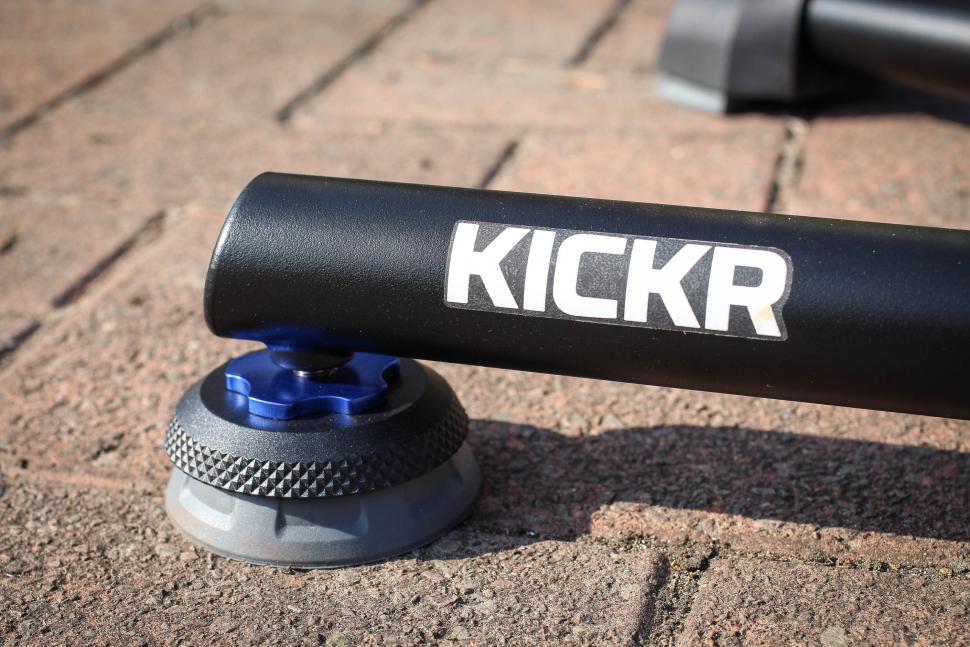
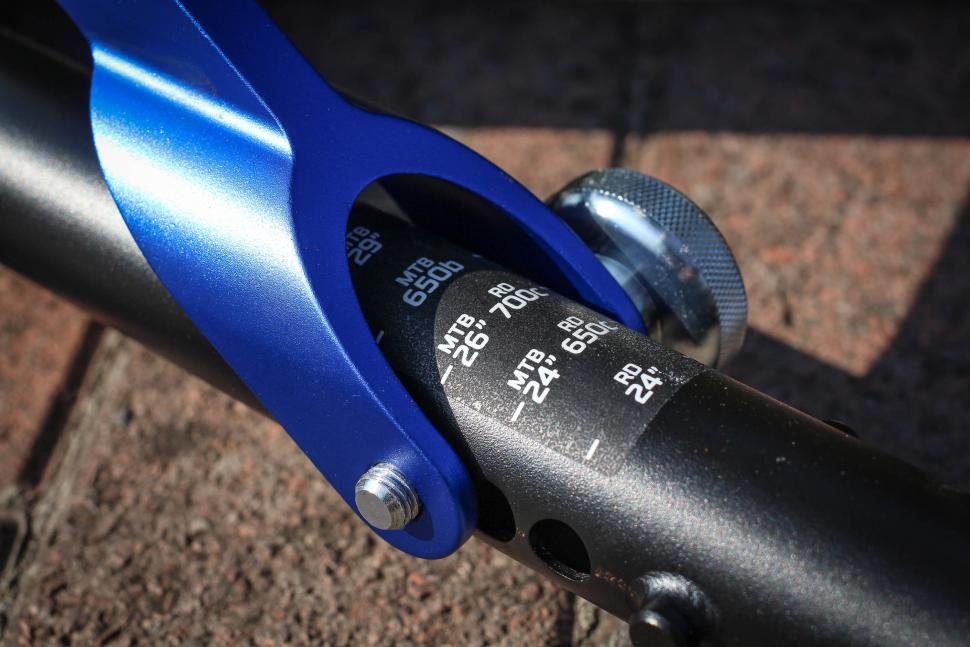

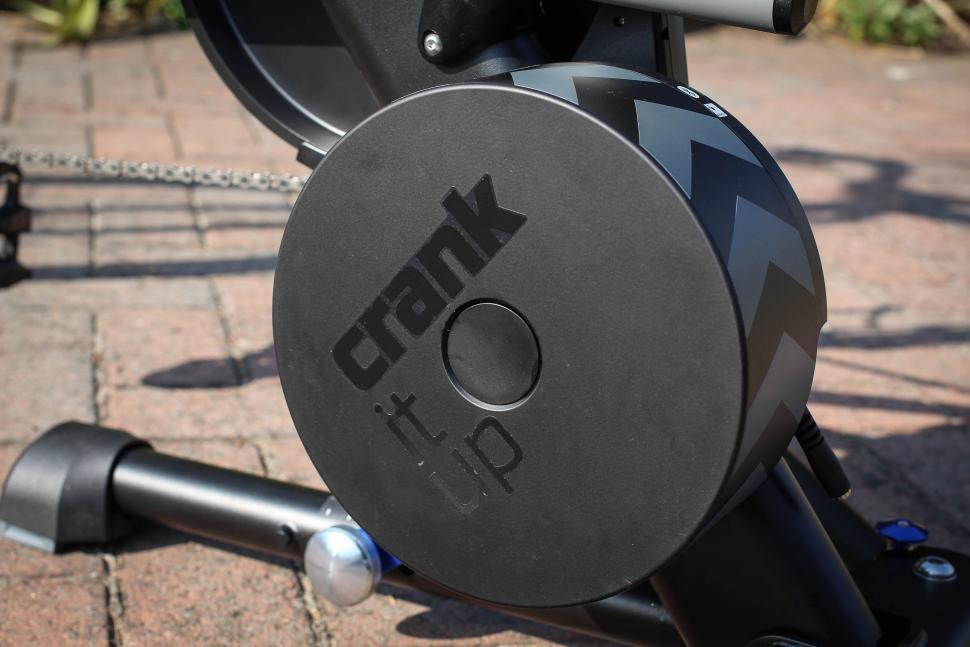
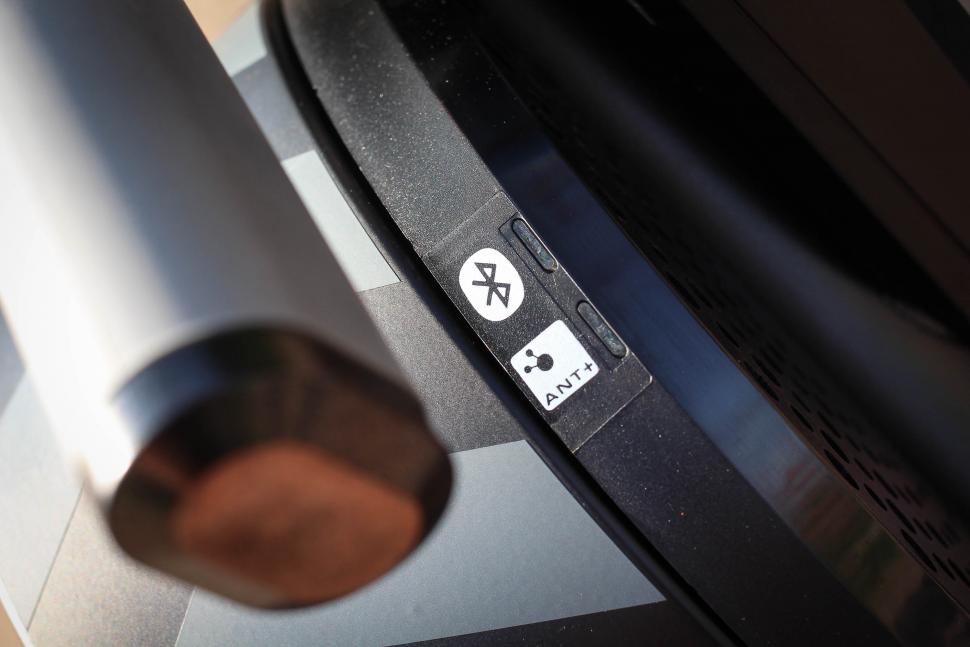
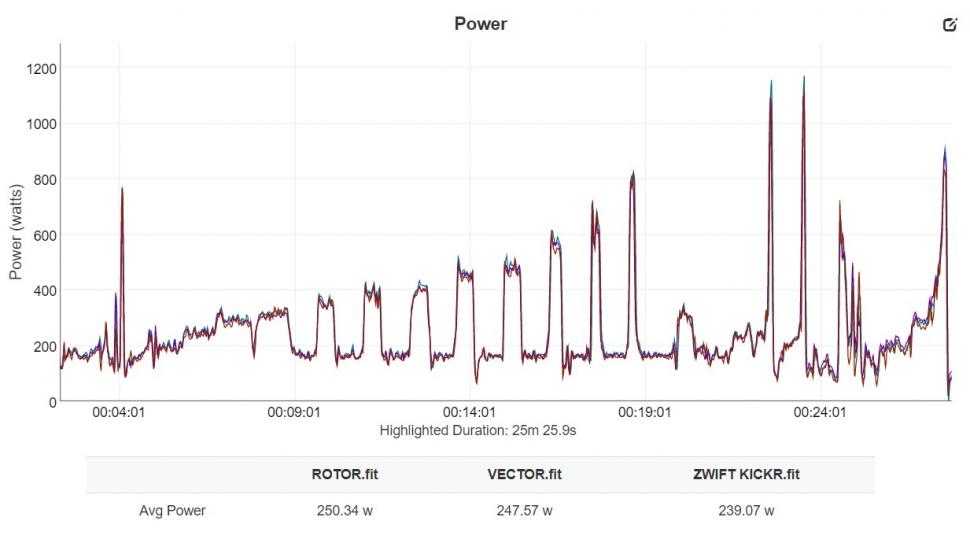
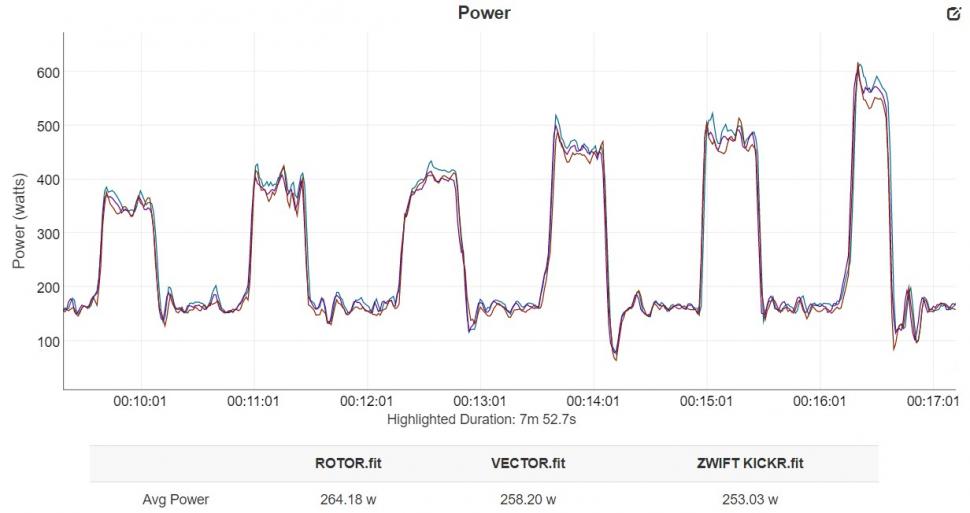
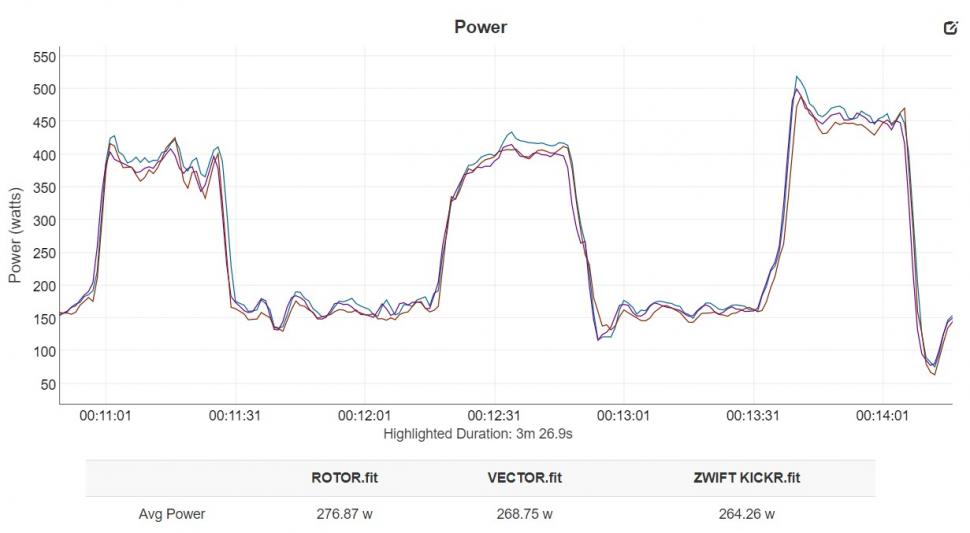

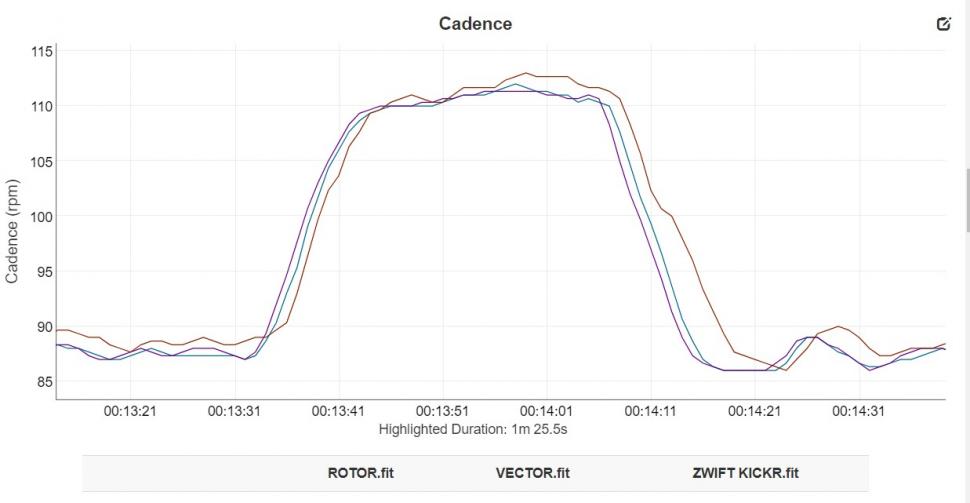



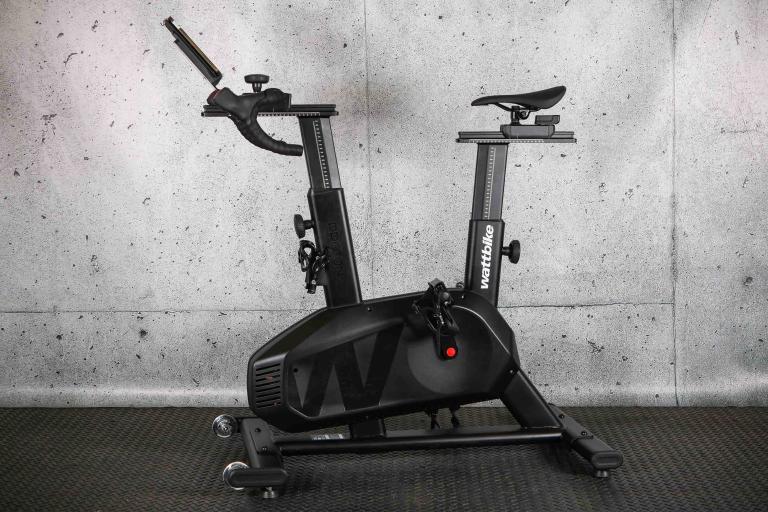
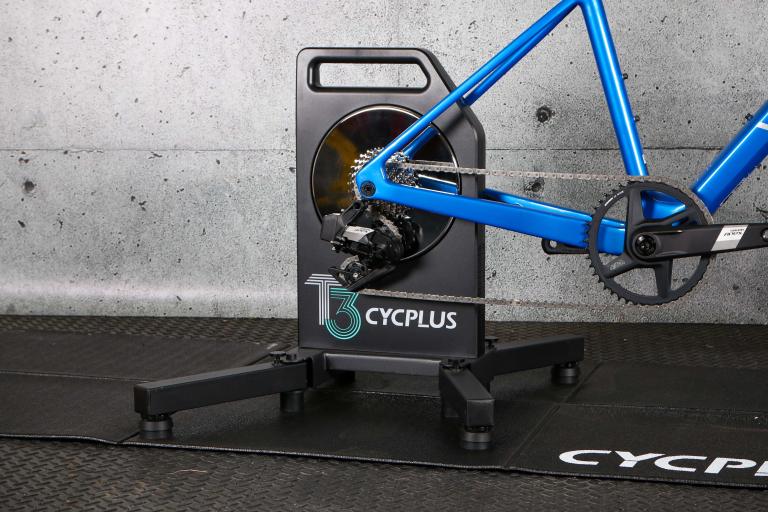
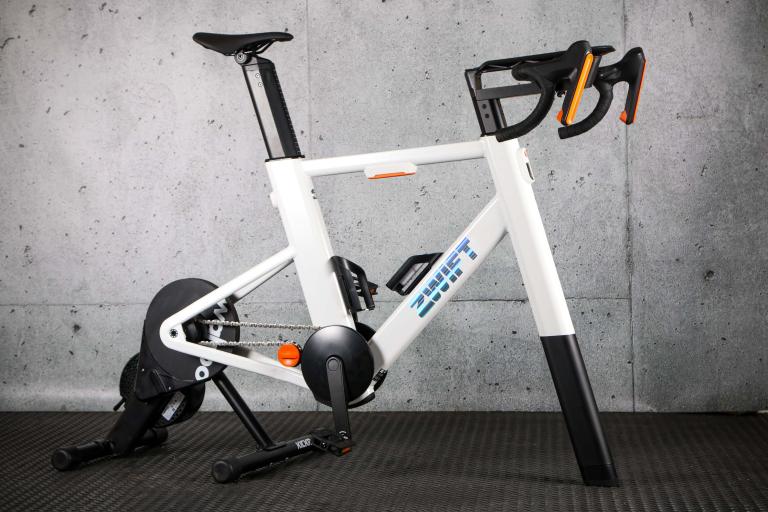

Add new comment
7 comments
Following a nasty crash about 5 years ago my winter training has been rather turbo-centric. I bit the smart trainer bullet and bought one of these trainers a few months ago, the Suito was out of stock & I was attracted to the 'no spin down' feature of the newest Kickr, what an amazing piece of kit. The difference it's made to my outdoor riding is quite marked. Yes trainers like this are an awful lot of money (thankfully I've saved enough by not commuting to work, there's no way I could have afforded one otherwise) so if you're hesitant about joining the smart trainer world don't be, choose wisely & your winter legs will thank you as may your family when you no longer venture out when the weather is foul. Although of course you know next year's trainers will be better at a lower price than this year's models
I bought one of these last month and really like it.
Coming from an older Kickr Snap the difference is remarkable and the 5 degrees of movement feels quite natural when out of the saddle or even just giving it some whilst seated.
Not sure it's worth a grand really but it is very good.
Regrettably still plagued by bearing trouble 2 years after its release. Literally thousands have been returned. I had two that failed before requesting a refund. I had the original Kickr from 2014, it was perfect in all those years.
Thankfully Wahoo has an excellent returns policy.
A few friends are currently trying to fix their 2018-2020 Kickrs/Core. Wahoo has taken to bonding the flywheel pulley into place ,so makes changing bearings a tad more awkward
I moved to a Neo 2 which seems to have the same quality as my 2014 Kickr
Its heavy yes...but how aero is it?
A good bit of kit but incompatible with the 2021 Emonda, 2021 TCR disc and any Canyon Ultimate rim brake bike.
Why?
https://wahoofitness.yonyx.com/y/conversation/?id=c6a3c220-be88-11e7-b90...
Add the 2021 Trek Domane to the list too